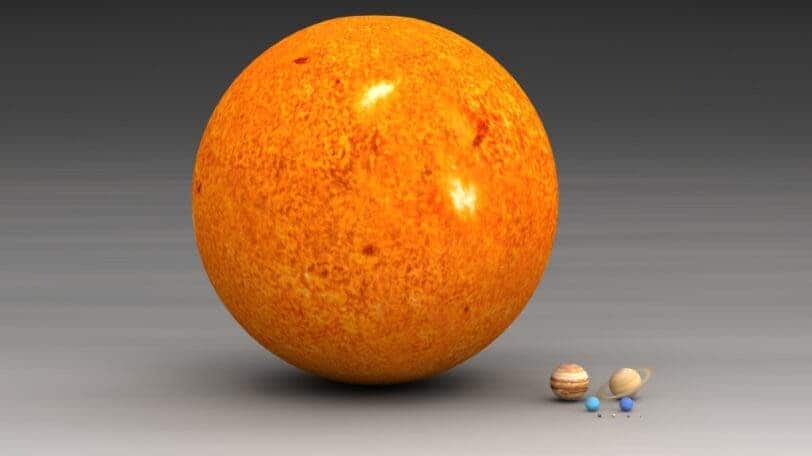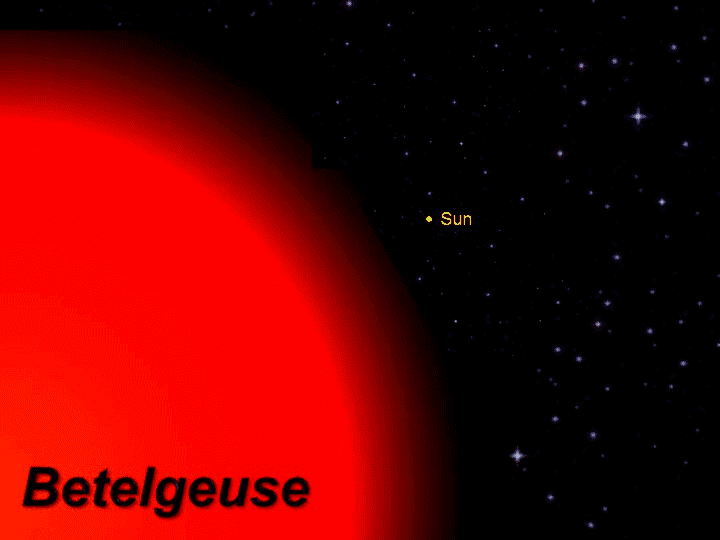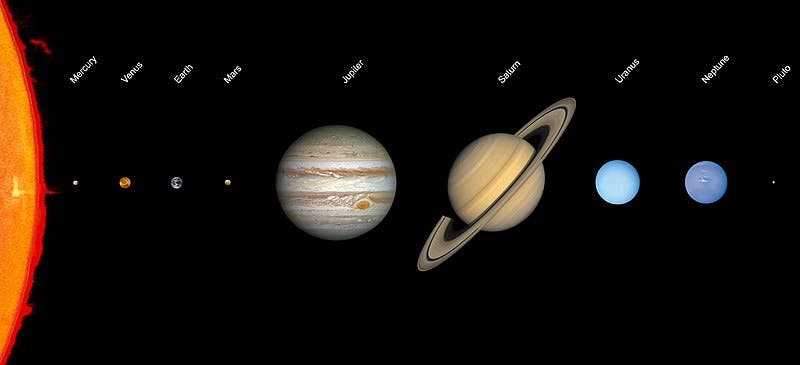From the vantage point of a human, our world truly is huge. However, in the grand, cosmic scheme of things, the Earth is but a drop in the solar bucket.

The sun is a star at the center of the solar system, a sphere made up of hot plasma and magnetic fields. Its diameter is about 1,392,000 km (864,000 miles), nearly 109 times larger than the Earth, and its mass is 330,000 times that of the Earth. In fact, by mass, the sun makes up over 99.86% of the solar system, whereas gas giants like Jupiter and Saturn comprise most of the remaining 0.14%.
In order to comprehend the sheer scale of the sun, it’s worth asking the question: how many Earth-sized planets can you fit inside the sun?
Volume-wise, you could fit nearly 1.3 million Earths into the sun (1.412 x 1018 km3). That’s assuming all those millions of Earths are squished together with no empty space in between. But the Earth’s shape is spherical not a cube, so only about 960,000 Earths would fit inside the volume of the sun.
Here’s how it would look like (approximately) if the Earth was a tiny blue marble:
The sun is just an average-sized star, though. For instance, the red giant Betelgeuse has a radius 936 times that of the sun, making it billions of times larger in volume than the Earth.

And that’s nothing. VY Canis Majoris is thought to have between 1,800 and 2,100 times the radius of the sun. Therefore, you could fit dozens of billions of Earths in some of the largest stars in the universe.

Earth is neither the largest nor the smallest planet in the solar system. Mercury (0.055 times Earth’s volume), Venus (0.85 times Eath’s volume), and Mars (0.151 times Earth’s volume) are all smaller than Earth. It would take 17.45 million Mercury-sized planets, 1.12 million Venus-sized planets, and 6.3 million Mars-sized planets to fill the sun, gaps not included.
On the opposite end, you could fit 726 Jupiter-sized planets (1,321 times the volume of Earth) and 1,256 Saturn-sized planets (764 times the volume of Earth) inside a hollow sun, gaps not included.
In the future, you could cram even more Earths or Jupiters into the sun. As it drags closer to the end of its lifecycle, the sun gets both hotter and larger as it continues to fuse hydrogen into helium at its core. When it runs out of fuel, the core will collapse and heat up ferociously, causing the sun’s outer layers to expand.
By astronomers’ calculations, the sun is already 20% larger than at the time of its formation roughly five billion years ago. In another five billion years, when it will reach its helium-burning phase, the sun will turn into a red giant. It will be so large at this time that it will completely engulf the planets Mercury, Venus, and perhaps even Earth.







